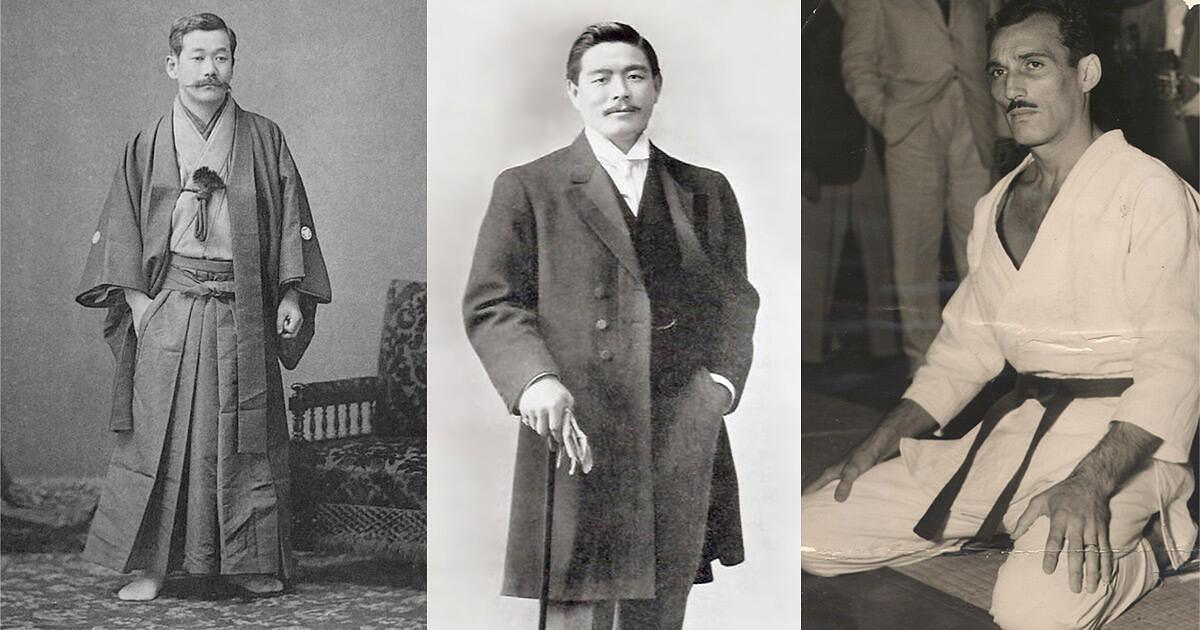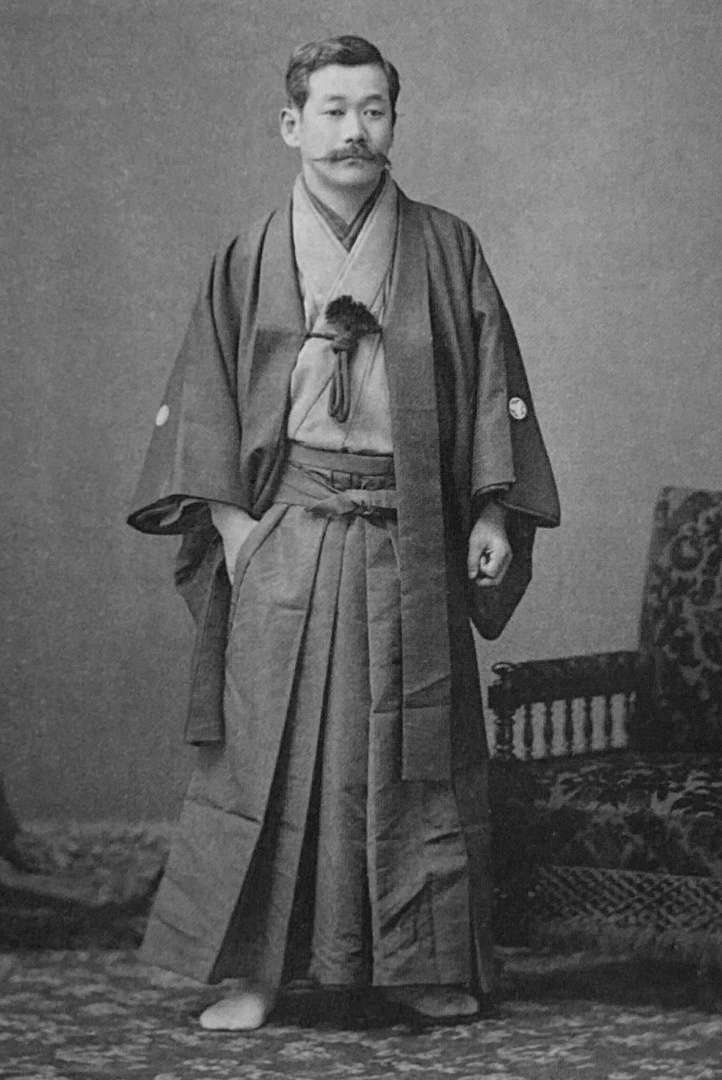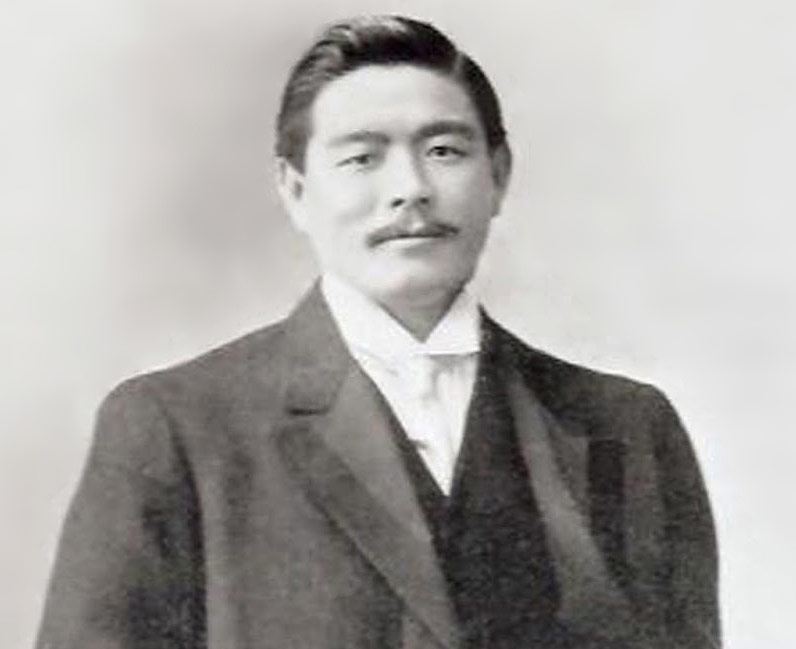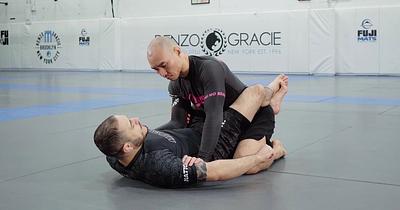The Gentle Art: A Comprehensive History of Brazilian Jiu-Jitsu
by Team Digitsu
Updated: March 24, 2025

The name jiu-jitsu originated from the Japanese word "Jū'' meaning gentle, and "Jutsu," meaning art. From this, it's safe to say jiu-jitsu is "gentle art."
Brazilian Jiu-Jitsu (BJJ) is a primarily ground-based martial art that uses the principles of timing, leverage, pressure, angles, and knowledge of the human body to force an opponent to submit without employing physical force. These are among the many reasons why BJJ is so effective.
Unlike other martial arts that emphasize blows and/or kicks, Jiu-jitsu concentrates on close-contact "grappling" holds and techniques, as well as the use of chokes and joint manipulations.
If you are interested in BJJ and want to enroll in a class, learning about the rich history will likely spark your interest. This article thoroughly explores some of the historical facts behind BJJ and its ranking system.
Origins of Brazilian Jiu-Jitsu
Brazilian Jiu-jitsu developed in the early 1900s when a core group of Brazilian pioneers transformed Japanese jiu-jitsu and judo into a new martial art style after its introduction to South America.
The origins of jiu-jitsu, however, are said to date back thousands of years before they reached the shores of Brazil. Various theories surround its origins, but most agree that it may be traced back to Buddhist monks roughly 4,000 years ago in India. These monks needed a defense mechanism to protect themselves while traveling without hurting their attackers.
It later spread to medieval Japan, where it evolved into a highly effective type of hand-to-hand combat during hostilities before changing to become more of an art and sport. Some claim that "grappling" has a considerably longer history than India alone. It goes back to ancient Egypt and Greek, as depicted on some Egyptian ruins and Greek walls. Grappling arts like wrestling and Judo likely have multiple origins and aren't necessarily related.
In the early 17th century, as weapons were outlawed in Japan, unarmed combat grew in popularity. Jujutsu evolved as a form of self-defense, and new techniques were created to adapt to unarmed opponents. During this time, jujutsu schools would compete with each other in challenges, which became a popular pastime for warriors.
Jujutsu continued to rely on throws, strangles, and joint locks but also introduced limited striking techniques to distract and unbalance opponents. However, in 1870 during the Meiji Restoration period in Japan, the samurai class was abolished, and people were no longer allowed to wear swords in public. This caused many martial art schools to collapse. During the Meiji Restoration, a young Jigoro Kano found himself fascinated by the traditional Japanese martial art of jujutsu. He studied under several prominent jujutsu teachers and former samurai.

Kano quickly realized that many of the jujutsu techniques he was learning were dangerous and potentially lethal. He also noticed that many of the jujutsu schools of his time were focused more on winning competitions than on the personal development of their students. Determined to create a new, more modern form of jujutsu, Kano began experimenting with new techniques and principles emphasizing safety, mutual welfare, and maximum efficiency.
In 1882, Kano officially opened the Kodokan Judo Institute, which he named after the "Kodokan" (a term meaning "school for studying the way") and "judo" (meaning "the gentle way"). The Kodokan quickly gained a reputation as one of the most progressive and innovative martial arts schools in Japan. Kano's teachings emphasized the physical and mental benefits of the sport, and he welcomed students from all backgrounds, not just samurai.
Mitsuyo Maeda, also known as Count Koma, was a Japanese judoka and member of the Kodokan judoka, Judo's governing body. Maeda immigrated to Brazil in 1914.

There, he started teaching and performing demonstrations in jiu-jitsu and judo, which were not recognized as different sports at the time. Four of the students he mentored became the pioneers of what is now recognized as Brazilian jiu-jitsu. These students were;
- Carlos Gracie
- Helio Gracie
- Luiz França
- Oswaldo Fadda
.tif.jpg)
These early pioneers significantly contributed to the growth of what is now known as Brazilian jiu-jitsu by enhancing the efficiency of existing techniques, developing new ones, and spawning a unique martial art.
Brazilian jiu-jitsu quickly began spreading to other regions and continents. This art first came to the United States in the early 1970s. However, it only took off once the Ultimate Fighting Championship (UFC) popularized mixed martial arts and Brazilian Jiu-Jitsu in the 1990s. The UFC was initially co-founded by one of Helio Gracie's sons, who moved to the US, Rorion Gracie. His brother, Royce Gracie, entered the first few tournaments as a showcase to demonstrate the effectiveness of BJJ vs. other martial arts. This is similar to the matches and challenge fighters the Gracie family held back in Brazil.

The International Brazilian Jiu-Jitsu Federation (IBJJF), established in 2002 by Carlos Gracie, Jr., started hosting organized jiu-jitsu tournaments worldwide. Due to the jiu-jitsu growth over the past ten years, the United States now hosts several of the world's biggest and most famous competitions.
History of the Jiu-jitsu Belt System
Nearly everyone has a basic understanding of how the belt system functions, even before beginning jiu-jitsu. However, belts simply represent rank and expertise. White belts represent newcomers to jiu-jitsu, and the color scheme changes with each rank up to the black belt. Typically it takes a BJJ practitioner at least 10 years to achieve a black belt, but this can vary depending on various factors.
Here's an overview of the BJJ adult belt system:
- White: Beginner
- Blue: Student
- Purple: Intermediate
- Brown: Advanced-intermediate
- Black: Expert
There are numerous theories surrounding the origins of the black belt. According to one legend, all pupils back then wore white belts. The belts would get dirtier and dirtier over many years of use and practice. They eventually turned black. In this tale, the belt's darkness represents the years of dedication required to reach this skill level. However, this is not the case.
Jigoro Kano, the founder of judo, created the first belt system. There were only two belt colors, white and black, when Kano’s dojo, the Kodokan, was established in 1882. However, the gap between black and white belts was not as dramatic as it is now.
After mastering the foundations of judo, students received their black belts after starting out as white belts. The degree of a fighter's black belt increased as they gained knowledge and displayed greater competence.
Mikonosuke Kawaishi, a Japanese judo coach, introduced the colored belt system while teaching in Paris. The belt system is currently used worldwide. Kawaishi chose bright colors to appeal to younger pupils, who he believed required more concrete motivation to remain focused.
Why BJJ Today?
Jiu-jitsu is often described as "human chess" since it is more than just a workout but also challenges the body and intellect. Jiu-jitsu has numerous, well-researched physical and mental benefits. This art helps enhance strength and cardio and promotes weight loss and muscle tone. This is because it combines dynamic and explosive motions with pressure-based isometric pulling, pushing, and holding.
Jiu-jitsu also heightens body awareness, enhances balance, and sharpens your ability to react because you're continuously reacting to another person's motions. In addition, Jiu-jitsu is also a fantastic cerebral exercise. One benefit is that it presents the challenge of mastering a new skill with countless movements, techniques, and submission variants.
This art also improves your ability to reason because you continuously decide what to do next, whether in a defensive or advantageous position. Further, it improves your capacity to react rapidly and "on your feet" in reaction to your partner's moves and maintain composure and control when you find yourself in a defensive scenario.
Lastly, Jiu-Jitsu has been found to give most people a release for their daily concerns. Stepping onto the mat forces you to temporarily put everything else aside while your mind and body are focused on mastering jiu-jitsu.
Conclusion
The rich history behind BJJ and the fact that everyone can practice the art makes it unique compared to many other sports and physical activities. Jiu-Jitsu was created and developed so that weaker, smaller individuals might protect themselves or outwit a larger and stronger opponent. Because of this, everyone may use jiu-jitsu philosophies and benefit from their practice, regardless of age, size, gender, or physical limitations.


